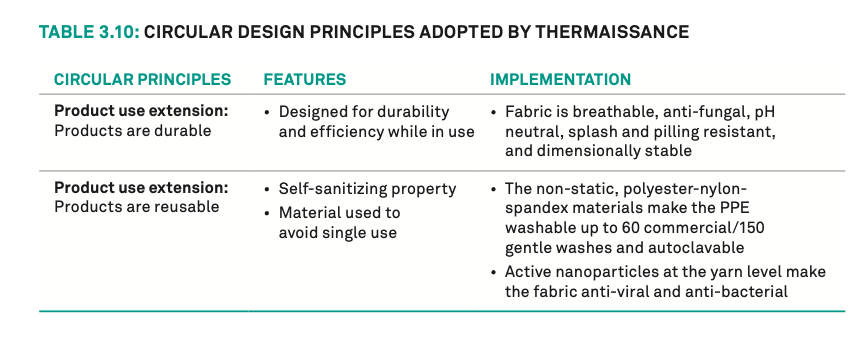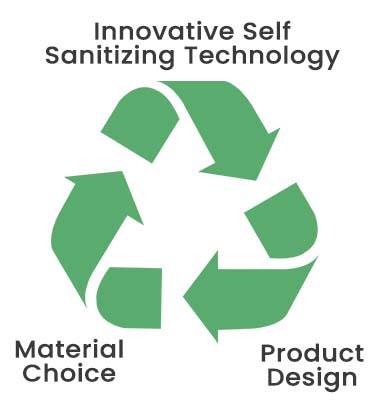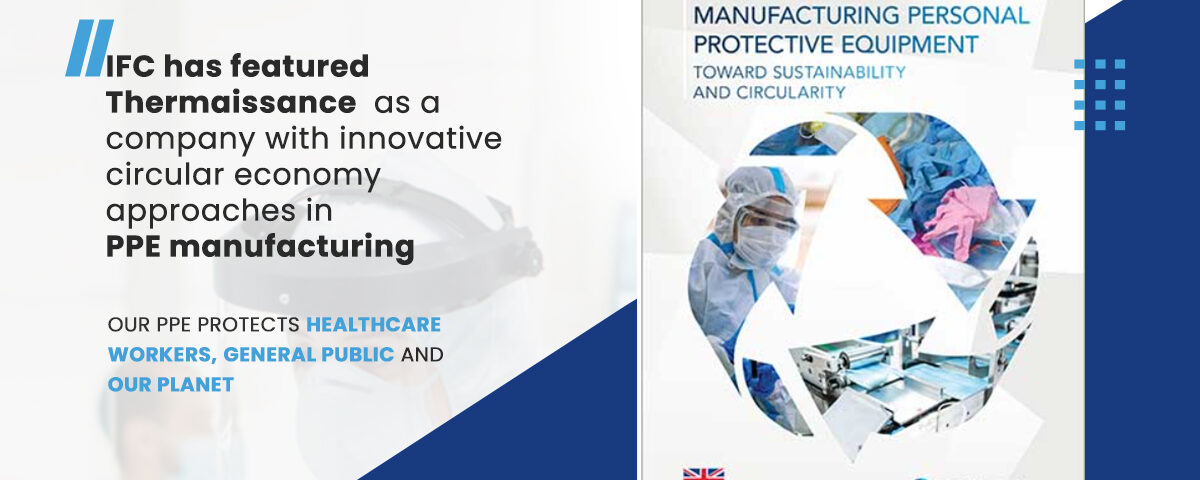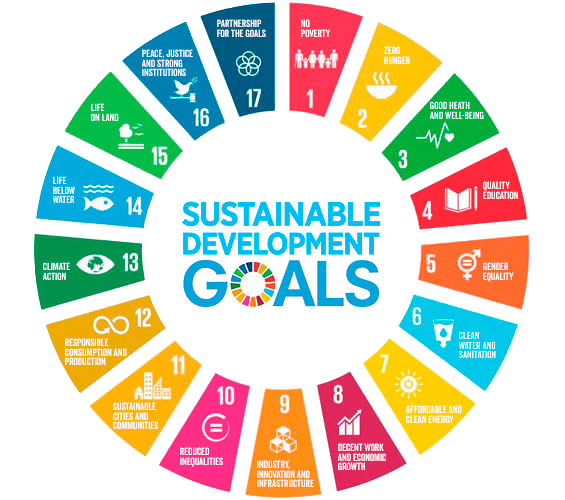IFC features Thermaissance a company with Innovative Circular Economy Approach in its latest report
How are Thermaissance masks more effective than any other masks in the market?
September 23, 2021
Safeguard your dental health while wearing masks
January 25, 2022IFC features Thermaissance a company with Innovative Circular Economy Approach in its latest report
A new IFC report titled “Innovation in PPE Manufacturing: Towards Circularity & Sustainability”, funded by UK Aid, features Thermaissance as a manufacturer adopting innovative approaches towards circularity & sustainability in PPE manufacturing.
This report highlights how circular economy approaches are an important part of various government’s agendas in the fight against climate change and for a low-carbon future. Such approaches include using environmentally friendly and reusable materials in manufacturing, ensuring proper recycling, and minimizing waste and pollution. Such a circular economy is a competitive alternative to the linear “take-make-dispose” model of consumption and optimizes resource use at the design phase, thereby creating more value from each unit of resource used by recovering and regenerating products and materials at the end of their service life.
This report further highlights how the existing COVID-19 era led a surge in demand for personal protective equipment, which inturn exacerbated the global waste problem as most PPE is made of plastic (polypropylene) and is disposable. A recent research study estimates that, since COVID-19 outbreak, the amount of plastic waste generated globally is 1.6 million tons per day. Furthermore, an estimated 3.4 billion single-use face masks and shields are being discarded every day. There has also been a substantial increase in microplastic pollution. Microplastics are particles smaller than 5mm in diameter derived from plastic articles. The report states that most COVID-19 PPE contains polymers (a main ingredient of plastic), which increase environmental pollution and negatively affect human and animal health. Mismanagement and littering of plastic-based PPE does not only potentially pose a risk of virus transmission, but also pollutes land and marine ecosystems.
COVID-19 PPE waste discarded from different sources can enter rivers and oceans, leading to plastic pollution in the aquatic ecosystem. Macroplastics in masks and similar PPE products break up into smaller bits (microplastics) as a result of weathering or corrosion, which can negatively affect the food web by accumulating in aquatic species. In addition, face masks (the most common PPE) can be a source of microfibers (the most prevalent type of microplastic) because they are mostly manufactured by nanofiber electrospinning. The marine environment absorbs plastics’ building blocks, toxins, and organic contaminants, making aquatic animals vulnerable to deadly poisoning. PPE discarded in the soil can affect animals in similar ways stated above. In fact, the most pressing concern facing the plastics industry is how to dispose of all the waste that has piled up and how to prevent future accumulation. Moreover, increased plastic production also adds to greenhouse gas emissions: for every kilogram of fossil fuel-based plastic produced, between 1.9 kg and 3.5 kg of carbon dioxide is released depending on the type of plastic.
The publication reiterates that working toward a circular economy requires a structural change in production- consumption patterns, from how resources are extracted to how water, energy, and raw materials are consumed, and how goods are manufactured and transported.
Extending the lifespan of resources for as long as possible could cut some nations’ emissions by up to 70 percent, increase their workforces by 4 percent, and greatly reduce their waste. It further describes how Thermaissance has adopted “Product use extension” circularity principles as summarized in the below table taken from the publication.

The report further mentions that Thermaissance’s products are reusable owing to their material choice, product design, and innovative self-sanitizing technology.

This publication further calls on a broad range of stakeholders along the PPE value chain to work together to shift toward a more sustainable and circular PPE ecosystem. Some of the key actions recommended by IFC for various stakeholders:
- Government
- Adopt new government procurement practices that help increase the demand for “greener” PPE products.
- Raise awareness among citizens on implications of increased use of disposable PPE for non-medical use
- Municipalities
- Raise awareness among citizens on implications of increased use of disposable PPE for non-medical use
- Health sector players
- Adopt procurement practices that support the demand for greener PPE products, where these products are available
- Collect feedback from medical professionals (end users) and work with PPE manufacturers to identify PPE products that are affordable, effective, safe, and environmentally friendly and that meet quality standards
The entire report can be read at https://www.ifc.org/wps/wcm/connect/industry_ext_content/ifc_external_corporate_site/manufacturing/resources/innovation+in+manufacturing+personal+protective+equipment
Thermaissance profile can be read on pages 37-38



